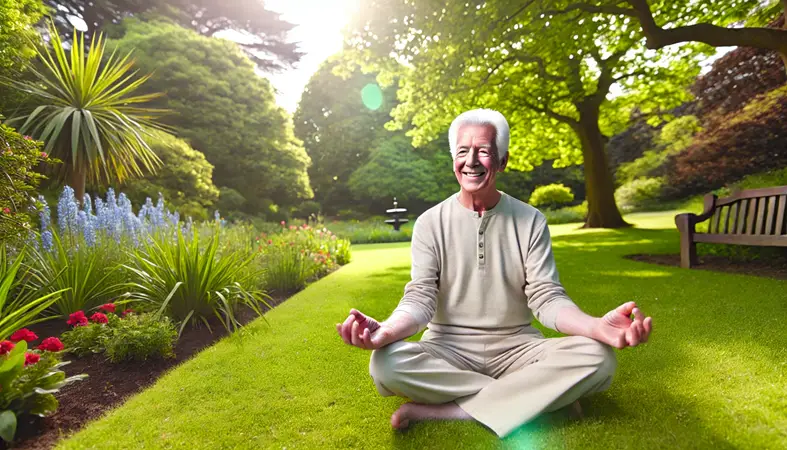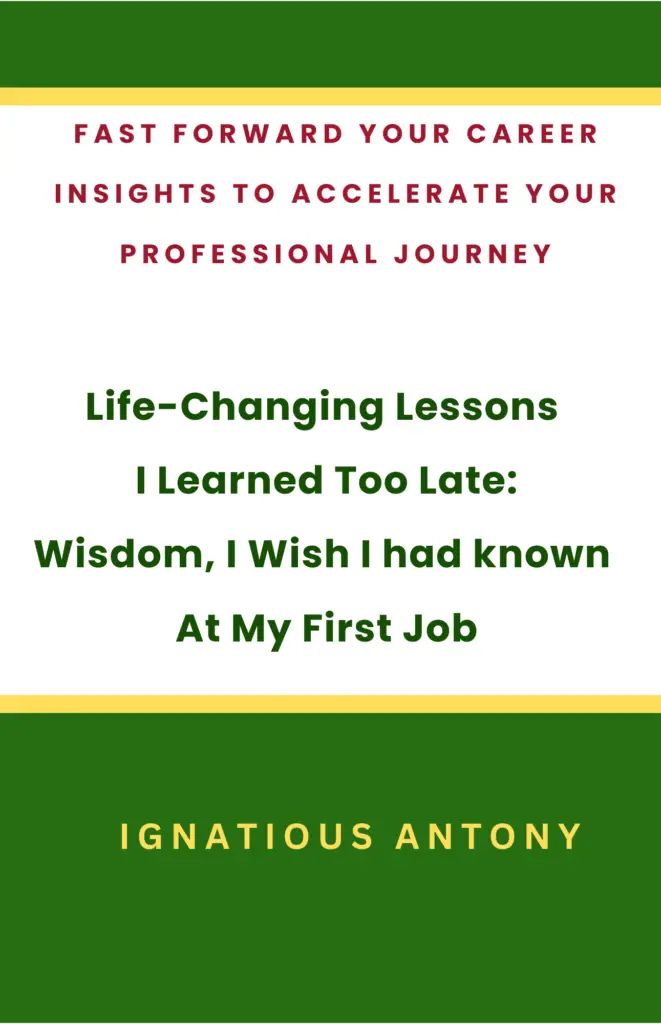Retirement Life After 60: The 5 Pillars for Freedom

Introduction: Facing the Reality of Life After Retirement
How many people will be there for you when you finally hit 60, 65, etc? Do you think that your family or something more lasting will be there to support you? Most of us only think about this question once we start living after retirement. While family is a beautiful source of love and connection, relying solely on others, no matter how close they are, may not provide the stability and independence you need to thrive. Life after retirement and 60 years of age is exciting as you face a different set of challenges and opportunities.
Building a Solid Foundation for Happiness After Retirement
It’s time to focus on building a foundation that contributes to your well-being, security, and happiness. This article will reveal the five pillars, the fundamental foundations of a satisfying life as you age. These aren’t just thoughts; they are practical, time-tested methods to guarantee you can stand tall no matter what comes your way after retirement.

A Retired and Aged woman leading A Happy life.
A Milestone Worth Preparing For
Whether you’re approaching this milestone or have already reached it, stay engaged. These insights might shift your perspective about the coming years and guide you in creating a life as secure as it is meaningful. Let’s begin.
1. Financial Independence After Retirement.
Financial independence is the foundation of a secure and dignified life after 60.
Meeting Your Needs Without Dependence.
It means meeting your needs without burdening your family or feeling dependent on others.However, our medical bills, daily expenses, and entertainment costs can also increase as we age.Witthout your savings, investments, or income sources after retirement, you might find yourself in awkward situations where other people make decisions instead of you. Financial freedom is not solely dependent on money. It’s about controlling your own life and your own choices.
Case Study Of Mr. Joseph
Mr. Joseph is a retired teacher in his 60s. Throughout his career, he saved money for emergencies and experiences that mattered to him, such as travel and hobbies. When his children settled abroad, he was proud to be still self-sufficient, able to pay for his own needs, and even treated his grandchildren when they came to visit him.

Retirement Life After 60. Mr. Joseph in his studies.
Planning and Saving for a Comfortable Life After Retirement
His financial independence afforded him the luxury of enjoying life on his own terms while preserving his dignity and relationships without feeling like a burden. Retirees or those planning to retire can still achieve financial independence, even after retirement. You can start with a careful budget that mirrors your current expenses and what you expect to spend in the future.
Find areas where you can cut back, such as subscriptions you don’t need or luxury spending, and put that money into savings instead. Add passive income sources — like rent payments, dividends, or low-effort side jobs that fit your skill set—to your bag of tricks. If not done already, speak with a financial advisor and see the best options for your case.
That said, every little step you take to achieve greater financial resiliency and income freedom puts you in a position to live a happy life after retirement and 60 years of age on your own terms.
2. Physical Health After Retirement
To remain healthy is to stay independent.
Staying physically fit past the age of 60 is arguably one of the best ways to prevent dependence on others for everyday needs. Taking care of your well-being lowers the chances of chronic illnesses and injuries that can cause dependence. When you have good health, you can continue doing what you enjoy, whether travelling or running your house smoothly.

Retirement Life After 60. Mrs. Lekshmy having a brisk walk
It’s not merely about enduring longer but also about living more with virility and independence. I know a respectful lady, Mrs. Lekshmi, a 70-year-old who lives joyfully after retirement. She has become a role model, a poster girl in her community for ageing gracefully. Mrs. Lekshmi follows a simple morning routine.
She takes a 30-minute brisk walk, performs some light yoga, and has a nutrient-rich breakfast. Despite her age, she also does grocery shopping, cooks meals, and even volunteers at a local charity. Remaining active and eating well has kept her healthy and given her the energy to live independently and pursue her passions without needing assistance from family or caregivers.
Anyone over 60 need not make physical health an overly complex issue. Begin with a daily walking regimen. Even 20 to 30 minutes of walking daily can improve cardiovascular health and mobility.
Supplement this with strength training (light weights or resistance bands) to maintain muscle mass and bone density. A nutritious and balanced diet of vegetables, fruit, lean protein, and whole grains can fuel your body through high stress and activity. Finally, do not miss routine health checkups.
Identifying potential issues early can help avoid more severe problems down the road. These steps also invest in your independence and a healthier, more fulfilling life.
3. Emotional resilience After Retirement
Life beyond 60 is usually filled with significant changes.
Kids might move out, careers might slow down, and social circles might get smaller. But it is in these moments that emotional resilience is your number one friend. Emotional stability is the mental fortitude that enables you to adjust to change, fight off isolation, and remain calm during futile anxiety.
It may not be a matter of avoiding difficulties in life. Undoubtedly, we will face numerous challenges after retirement, yet overcoming these obstacles offers opportunities for sustained focus and positivity. This resilience means that transitions in life will not break you down but will lift you and lead you down a path of greater understanding of who you are.

Retirement Life After 60. Mr. Suresh Chandran in meditation
I have a close friend, Mr Suresh Chandran, a retired painting artist who left with an empty nest after his children moved abroad. At first, he felt lonely and directionless. But rather than focus on what he no longer had, Suresh Chandran started meditating and found the joy of painting again.
Suresh Chandran discovered peace and joy by practicing daily mindfulness and immersing himself in his art. He even began showing his work in local galleries, spreading new connections and inspiration. His emotional backbone allowed him to sustain and find new meaning and joy in his new life after retirement.
Emotional resilience is something anyone can cultivate. Start with mindfulness. Spend a few moments of deep breathing each day or observe your thoughts nonjudgmentally. Set aside time for hobbies you find fun—gardening, reading, crafting—because these can serve as an anchor during difficult times.
Cultivate gratitude by writing down three things you are grateful for daily. This small practice can train your mind to notice abundance instead of scarcity. It’s just like a muscle; you have to exercise it. The more you support it, the more fortified it gets, helping you navigate the winds of change with grace and faith.
4. A Satisfying Social Network
The significance of friendships amplifies as we age and during life after retirement.
While family is indeed an integral part of our lives, the added benefit of having a network of people outside the family is paramount to our flourishing. Friendships offer companionship, lessen feelings of isolation, and motivate us to be active and engaged. Such relationships can provide joy, purpose, and belonging, all of which are key elements for emotional and mental health.

Retirement life after 60. A group of elderly people enjoying coffee
Friends are not family; friends are chosen, and these relationships are often rooted in commonalities, mutual respect, and sincere care. Ms Vanaja is a nurse in her late 60s who leads a satisfying life after retiring from medical services at a reputed hospital. When her children left home, she started a local book club to rekindle her love of reading.
Through the club, Vanaja learned about new authors and made close friends with individuals who shared her passion. They started seeing each other outside the club for coffee, weekend outings, and to celebrate holidays. That’s when her social group started acting like her family, offering her the emotional care and camaraderie she required to help her get through this new period.
Forming and maintaining a social circle after retirement from official work takes time and effort, but it is well worth the effort. Find clubs or groups that share your interests, such as gardening, cooking, or hiking. This is an excellent method of meeting similar people while giving back to the area.
Rediscovering old friends can also resurrect meaningful relationships from the past. Your aim should be fewer people than your friendships, not more. So, surrounding yourself with people who lift and inspire you can add richness and depth to the journey after 60.
5. Clear Sense of Purpose
Having a clear sense of purpose in life, even after retirement, is one of the most fulfilling experiences, no matter your age.
At the same time, one needs to get up every morning and look forward to the day ahead, especially after 60. Purpose—work, volunteering, a creative outlet, or a personal project—lends life shape and meaning.

Retirement life after 60. Mr. Joh working diligently in a wood workshop.
Without it, days can seem monotonous, and life may lack the vivacity that fuels joy and fulfilment. Having a purpose sharpens your mind, keeps your body active, and feeds your spirit. I have a friend and colleague, Mr. John Sebastian, who, after a long career in engineering, found himself floundering in retirement with no work structure or goals to guide his days.
Instead of succumbing to boredom, John turned to a lifelong interest: woodworking. He started making small furniture to donate to community centres and schools.” The new passion helped him stay busy and left him feeling that he contributed and assisted even after retirement, which delighted him.
His work became his mission—proof that you’re never too old to find or redefine your purpose. If you don’t know where to start, consider your passion and interest. What makes you happy? Is there a cause that you care about? Establish achievable goals that will help you feel fulfilled by these interests, for example, writing a book, mentoring younger people, or learning a new skill.
It is another fantastic opportunity to give back, network, and remain involved. Maintain your interest and be prepared to embrace the challenge. Most importantly, you’ll enliven your own life while inspiring people around you!

Retirement life after 60. A group of elderly men and women enjoying tea, laughing, and engaging in joyful conversation.
Conclusion
As you navigate life after retirement, know that the best and most reliable support system comes from others and what you build for yourself. These factors may include financial independence, physical health, emotional resilience, a supportive social network, and a clear sense of purpose. These five will free your heart and mind to live life with purpose and joy, whatever challenges arise. Let your Life after retirement be a fulfilling one
References And Related Articles
For further insights, you may refer to the following resources:
Financial Independence and Health in Retirement: Discusses the critical connection between health and happiness in retirement, emphasizing the role of financial stability and well-being. Investopedia
Physical Health and Longevity: Dr. Gladys McGarey, a 103-year-old physician, shares her six secrets to health and happiness at every age, underscoring the importance of physical activity and finding purpose. The Sun
Emotional Resilience and Social Connections: Explores how older women can thrive in the workplace, highlighting the importance of emotional resilience and supportive relationships. Financial Times
Purposeful Engagement After 60: Offers insights into finding purpose in life after 60, focusing on the keys to happiness and meaningful engagement. Sixty and Me
These resources provide practical advice and real-life examples that complement the pillars discussed in the original article, offering a comprehensive guide to achieving independence and happiness in later life.

An aged Woman with her grand daughter enjoying a Life




